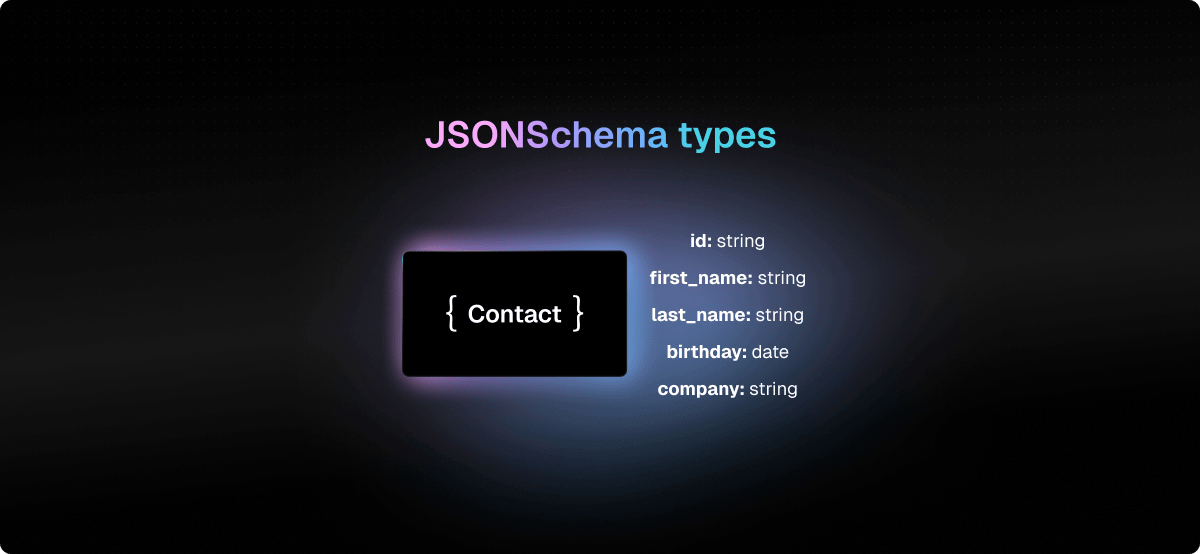September 2025
28 new APIs in September
28 new APIs in September
- Addepar (OAuth)
- Addepar (Basic Auth)
- ADP Lyric
- ADP Workforce Now
- Bullhorn
- Clerk
- Cursor
- DataCandy
- Fillout (API Key)
- Fillout (Oauth)
- Google Workspace Admin
- Google Service Account
- Hover
- Jobber
- Kintone
- Kintone User API
- Pax8
- Recruitee
- Sellsy
- Sellsy (Client Credentials)
- Skio
- Snapchat (Ads API)
- Tailscale (OAuth)
- Tailscale (API Key)
- Webex
Connect UI settings
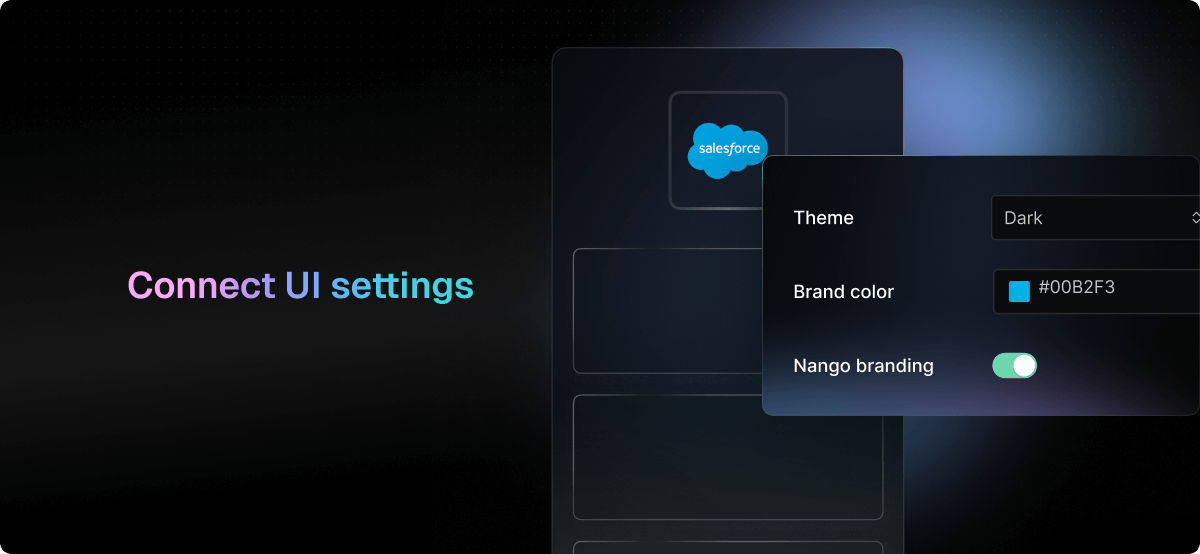
Improved deletion detection when syncing data
For APIs that don’t support deletion detection, we’ve added a new interface to detect deletions on Nango’s side when syncing data (docs).Inside your sync function, you can now callnango.deleteRecordsFromPreviousExecutions('ModelName') to detect deletions.Please note that you should only use this function if you are performing a full sync. If you are syncing data incrementally, you can periodicaly resync the whole dataset to benefit from deletion detection.Custom credentials verification
We added the ability to customize the credentials verification script, which is called when a new connection is created. For this, use the newvalidate-connection hook (docs).This lets you verify your customers’ API credentials by testing them against specific endpoints that correspond to particular API scopes.August 2025
23 new APIs in August
23 new APIs in August
- RUN Powered by ADP
- ADP Workforce Now Next Generation
- AutoTask
- Avoma
- Dayforce
- Datto RMM
- Datto RMM (Password Grant)
- Fairing
- Float
- Heap
- IT Glue
- JobDiva
- JumpCloud
- Paycor
- Paycor (Sandbox)
- Pipedream (API Key)
- Pipedream (Client Credentials)
- Private API (Bearer Auth)
- Private API (Basic Auth)
- Roller
- Sage People
- Yotpo
- Zoho Calendar
TypeScript-based script configs
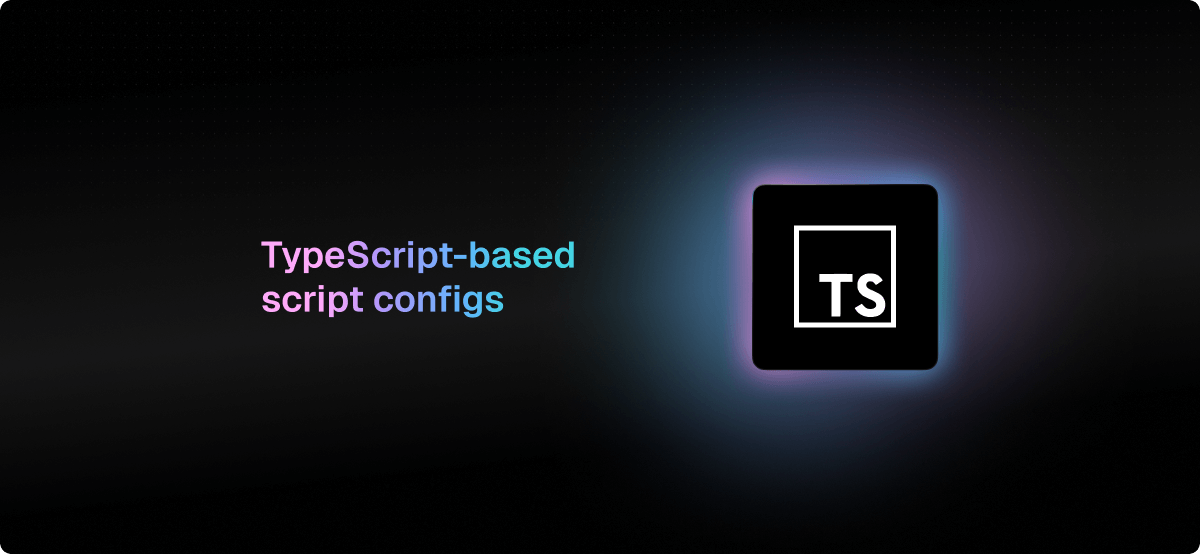
- Strong type safety
- Better tooling (auto-complete, linting)
- No custom syntax to learn
Developer updates distribution
You’ll now receive important developer updates about deprecations, breaking changes, and other integration-impacting news in a more structured way:- Email: Sent to everyone who signs up (with the option to unsubscribe).
- Private Slack channels: Delivered directly if your team has a dedicated channel with us.
- Community Slack: Shared in the
#dev-updateschannel. - Docs: Dedicated Dev Updates changelog.
Separate rate limits for Script API vs. Public API
Script API calls and Public API calls are now rate-limited separately. This prevents heavy script usage from affecting your ability to use the Public API (and vice versa). Both limits are soft and can be increased per customer. Limits are now properly reported in the Nango logs.New getting started flow
A redesigned onboarding screen helps you set up your first integration and call an API right after signup. This makes it easier to experience Nango’s value in just a few minutes.July 2025
Nango-provided OAuth apps for testing
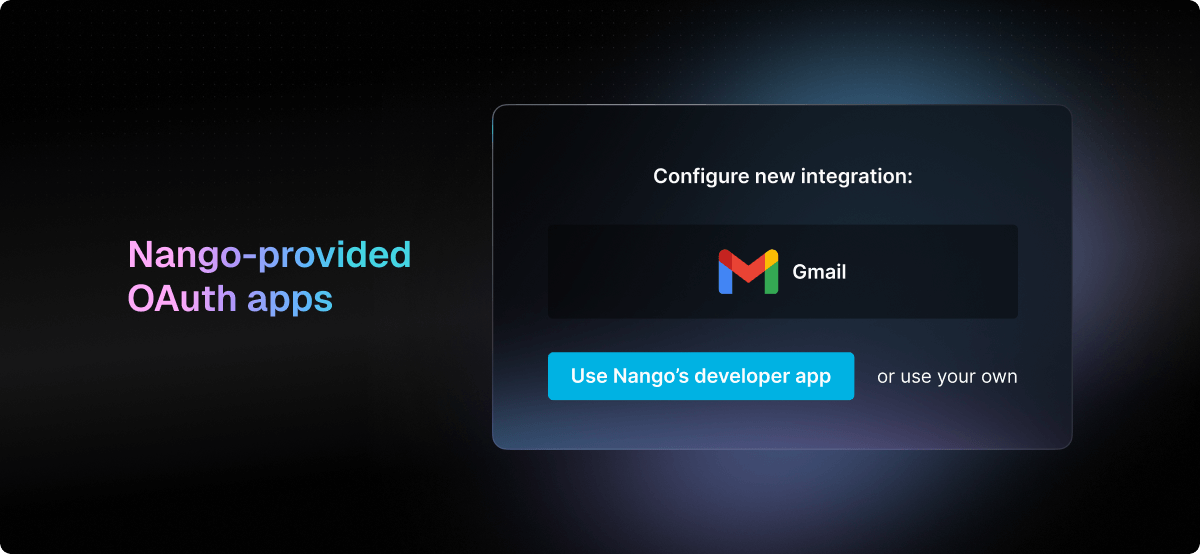
- Available for top APIs (more being added over time).
- Select this option when creating a new integration.
- For testing only—production apps should still use your own credentials to keep Nango fully white-labeled.
Edit user & org info
You can now edit the user and organization information attached to a connection. This info is visible in the Nango dashboard, helping you manage connections more easily.API reference.
Faster action execution
Action execution latency has been reduced from more than 200ms+ to less than 50ms. This makes actions feel much more responsive, especially when a human is waiting for the result.API-specific docs with getting started
Each API-specific doc now includes a “Getting Started” section so you can:- Run the auth flow
- Make a first successful API request
June 2025
7 new APIs in June
7 new APIs in June
Generate integrations with AI
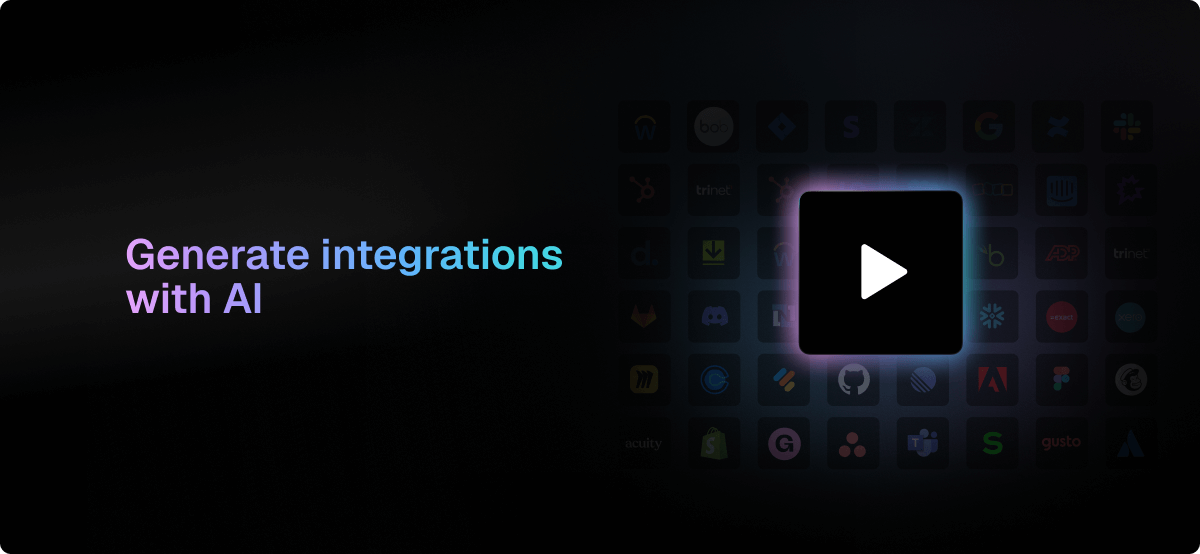
Guide.
Self-serve subscription upgrades
You can now upgrade or downgrade your plan directly in the Nango UI, under Usage & Billing.Note: Legacy plans still require contacting us.
Usage reporting
The Usage & Billing tab now includes detailed usage reports:- Track all metrics that affect billing.
- See past invoices with a full breakdown.
Improved self-hosted release process
We’ve formalized the release process for self-hosted Enterprise customers:- Two-month release cadence
- Semantic versioning adopted
- Clearer update process in the self-hosting docs.
May 2025
Nango as an MCP server

- Build and enable/disable tools with Nango actions.
- Use them via the MCP protocol.
Guide.
Localized Connect UI
You can now localize the Connect UI:- Choose a language.
- Override links to end-user guides with your own versions.
Docs.
Asynchronous actions
You can now run actions asynchronously—triggering them without waiting for an immediate result. This is useful when:- Tasks take a long time to complete.
- You don’t need the response right away.
- Actions should be retried for reliability.
- You’re sending many actions at once.
Docs.
Granular time windows in logs
You can now filter logs by precise time windows, making it easier to drill down into specific events for debugging.April 2025
27 new APIs in April
27 new APIs in April
- ADP
- Auth0 (Client Credentials)
- Azure DevOps
- ClickSend
- CompanyCam
- Confluence (Basic Auth)
- Cyberimpact
- Devin
- DocuWare
- Employment Hero
- Gem
- Grammarly
- Github (Personal Access Token)
- Incident.io
- Jira Data Center (Basic Auth)
- Namely
- Namely (PAT)
- Redtail CRM (Sandbox)
- Rock Gym Pro
- Rootly
- Sentry
- Shopify Partner
- Smartlead.ai
- Snowflake (JWT)
- UKG Pro (Workforce Management)
- Vercel
- Workday (OAuth)
Usage-based pricing
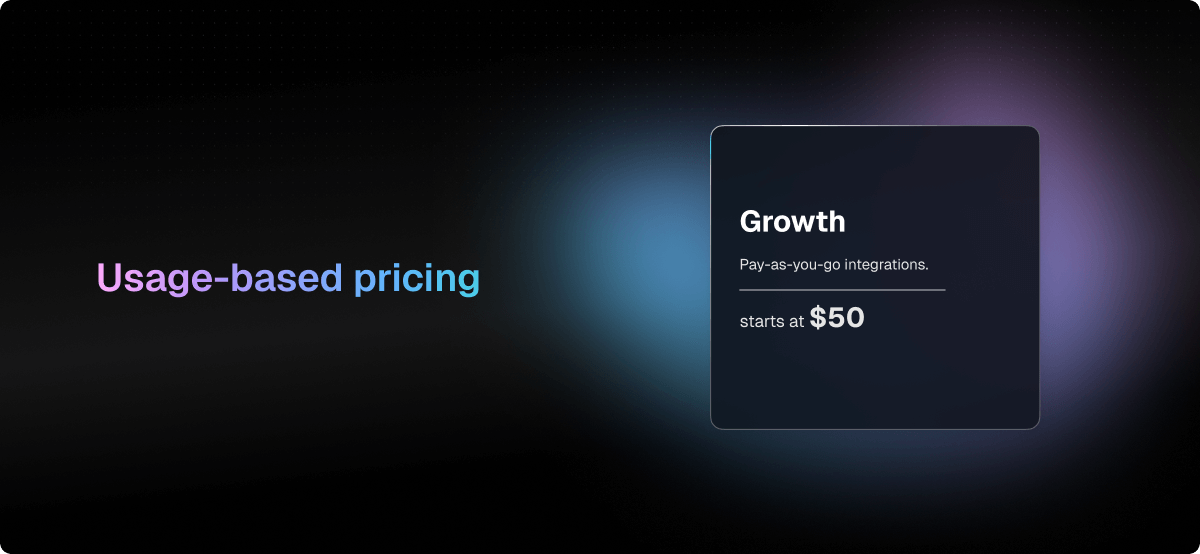
- Pricing scales with usage: connections, action executions & record syncs
- Volume discounts up to 100x included
- 1,000 free connections still available on the Free plan (unlimited on Free Self-Hosted)
- Add-ons are priced individually on a monthly basis—no large annual commitments
Logs search
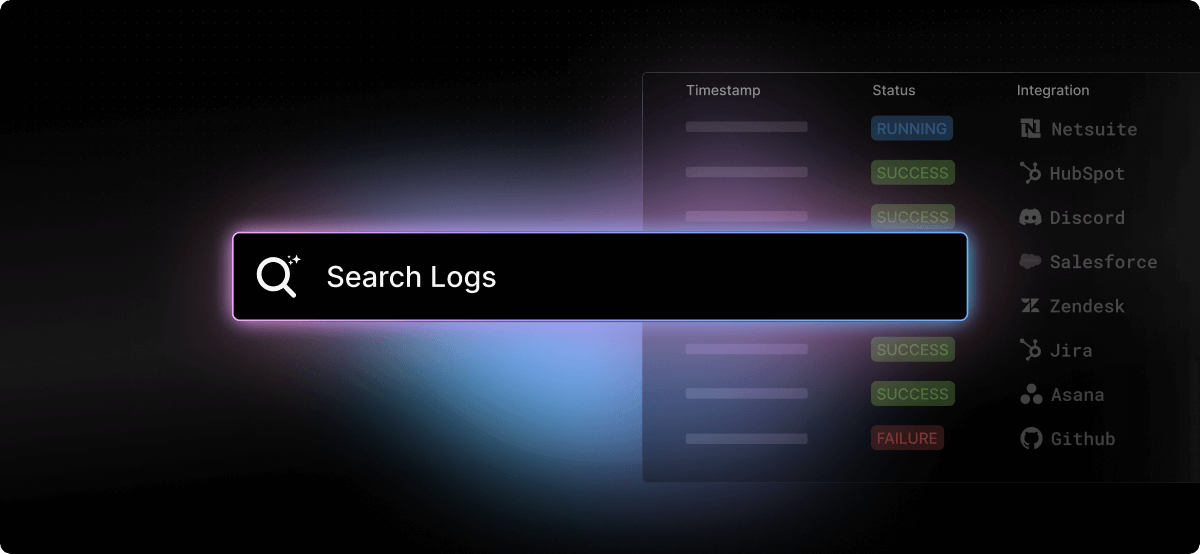
- Search across log and sub-log contents via the top-level search bar
- Filter logs using record IDs to investigate when records were synced
- Improved navigation and load times across the tab
Enterprise self-hosting with ECS + Terraform
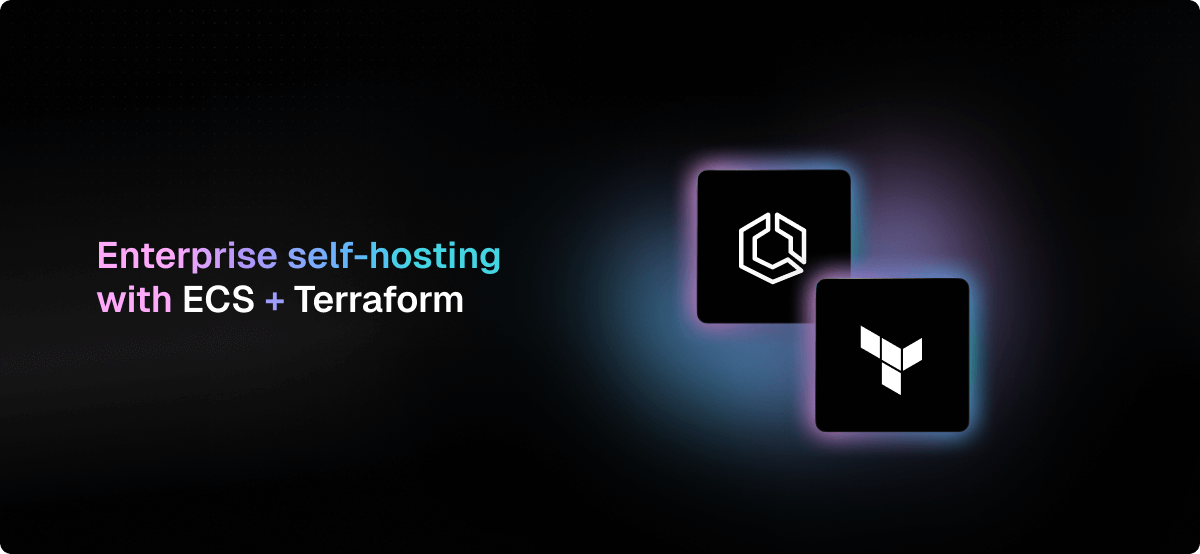
- Automates installation for Enterprise customers
- Complements our existing Helm chart for Kubernetes
- Ongoing work to further simplify self-hosting
Create, edit & delete environments
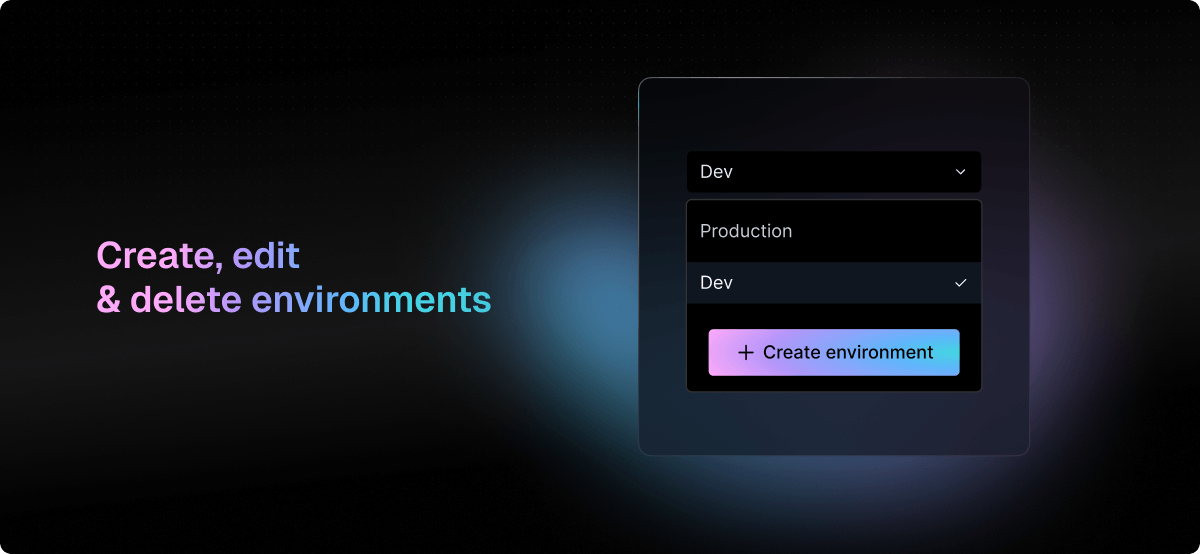
- Growth plan includes 3 environments by default
- Additional environments available via paid add-on
March 2025
17 new APIs in March
17 new APIs in March
- ActiveCampaign
- Anthropic Administrator
- Blackbaud (Basic Auth)
- Callrail
- Figma (SCIM)
- Microsoft (Client Credentials)
- Missive
- Oracle Fusion Cloud (HCM)
- Pandadoc (API Key)
- Razorpay
- Readwise
- Readwise Reader
- Rippling Shop App
- SharePoint Online (Client Credentials V2)
- Trakstar Hire
- tl;dv
- Xero (Client Credentials)
Authorization logs
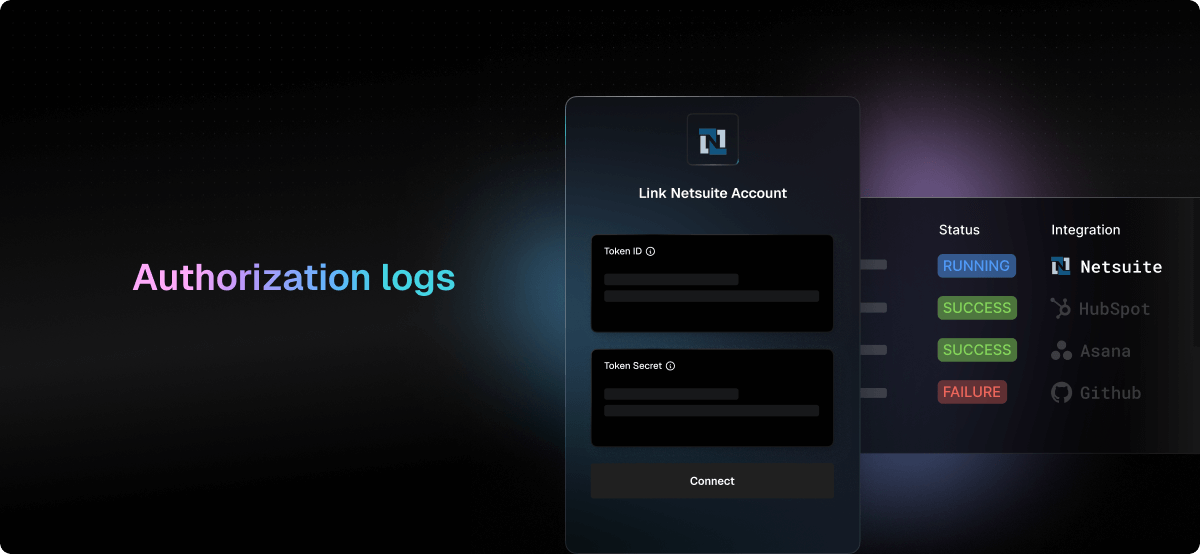
- User opened or closed the Connect UI
- User opened or closed the OAuth modal
- User viewed a new screen (integration list, input form, success/failure)
- Success
- Cancelled
- Technical failure
AI agent support
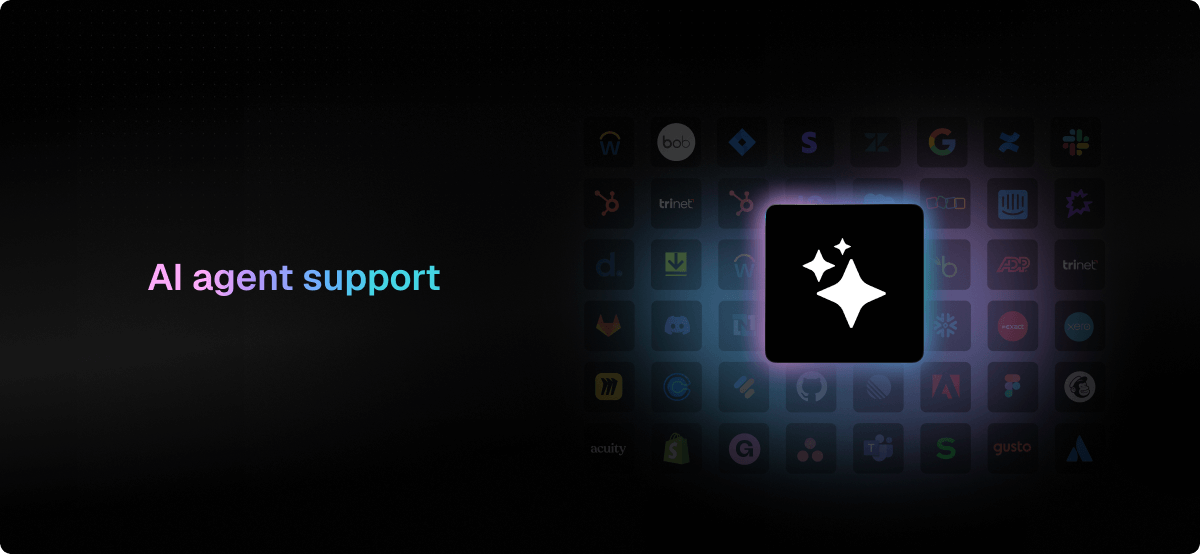
- Introspection endpoint: List available actions programmatically, exportable as OpenAI tools
- Action trigger endpoint: Run actions reliably via the API
- Integrated authorization: Use Nango’s pre-built UI to securely prompt users for access
AI agent demo video
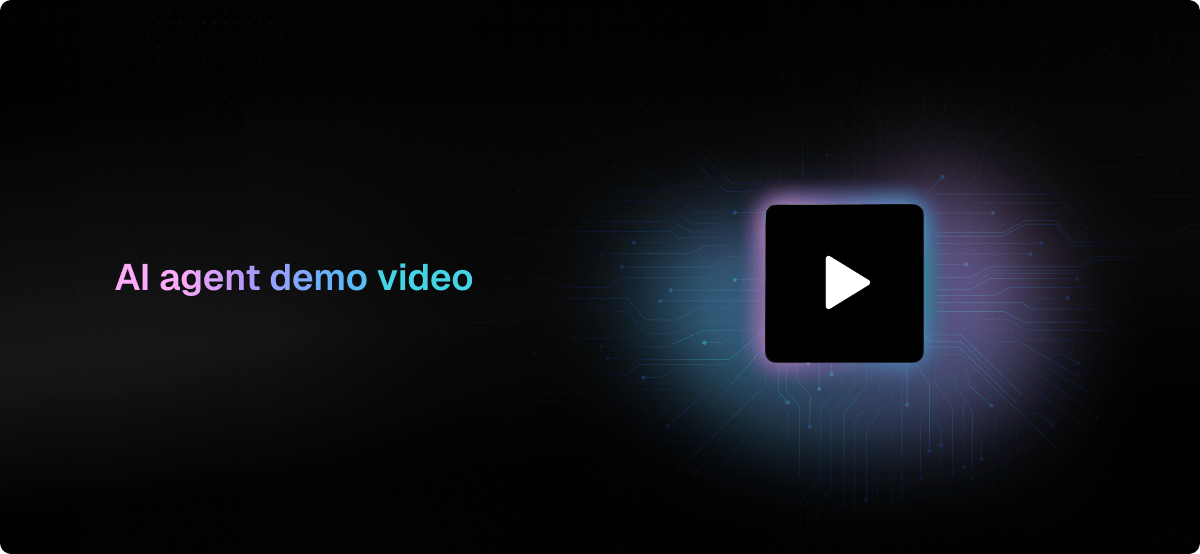
- Reliable abstractions for complex API workflows
- Built-in authorization flows
- Reduced surface for API errors
February 2025
26 new APIs in February
26 new APIs in February
- 1Password (SCIM)
- Airtable (Personal Access Token)
- Amazon Selling Partner
- Amazon Selling Partner (Beta)
- Appstle Subscriptions
- Check
- Commercetools
- Drupal
- Google Gemini
- Guru (SCIM)
- Gorgias (Basic Auth)
- Jira Data Center (API Key)
- lemlist
- Loom (SCIM)
- MiniMax
- MIP Cloud
- MIP On Premise
- OpenAI (Admin)
- Paylocity
- Quickbase
- Retell AI
- Rippling
- Sage Intacct (OAuth)
- Salesforce (Data Cloud)
- SAP Concur
- xAI
Sync partitioning
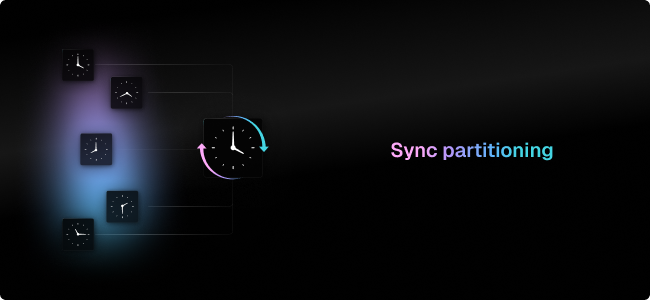
Revamped environment settings
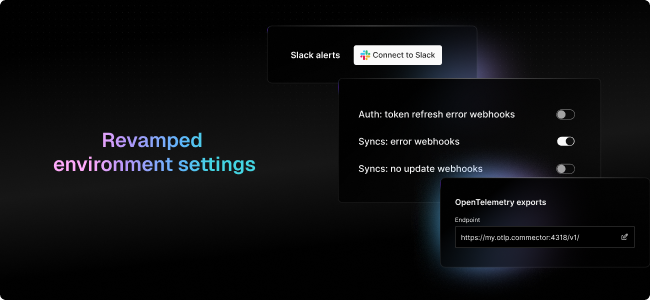
Detailed webhook logs
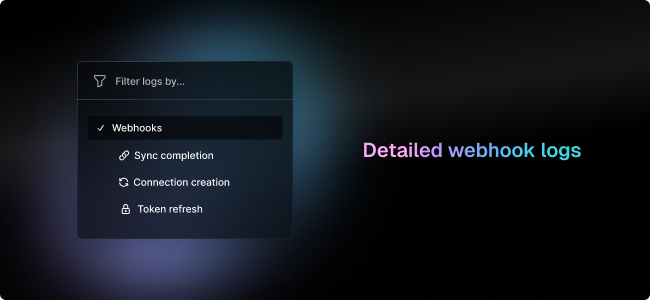
Real-time syncing strategies
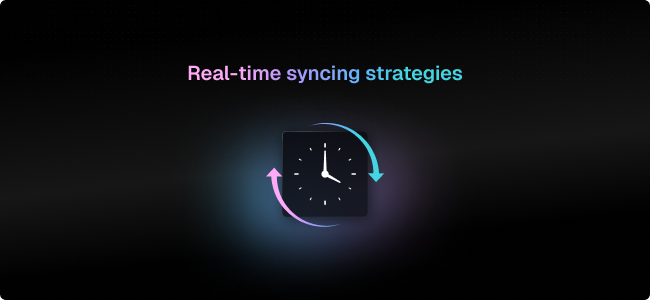
- Deep merge (default): Nango merges partial updates automatically.
- Custom updates: Fetch full records by ID and modify them manually.
- Most recent update wins (default): The latest write—whether from a webhook or a periodic sync—always updates the record.
- Ignore older updates: When polling, Nango checks if a newer webhook update exists. If so, it preserves the more recent webhook data instead of overwriting it.
January 2025
Trigger syncs
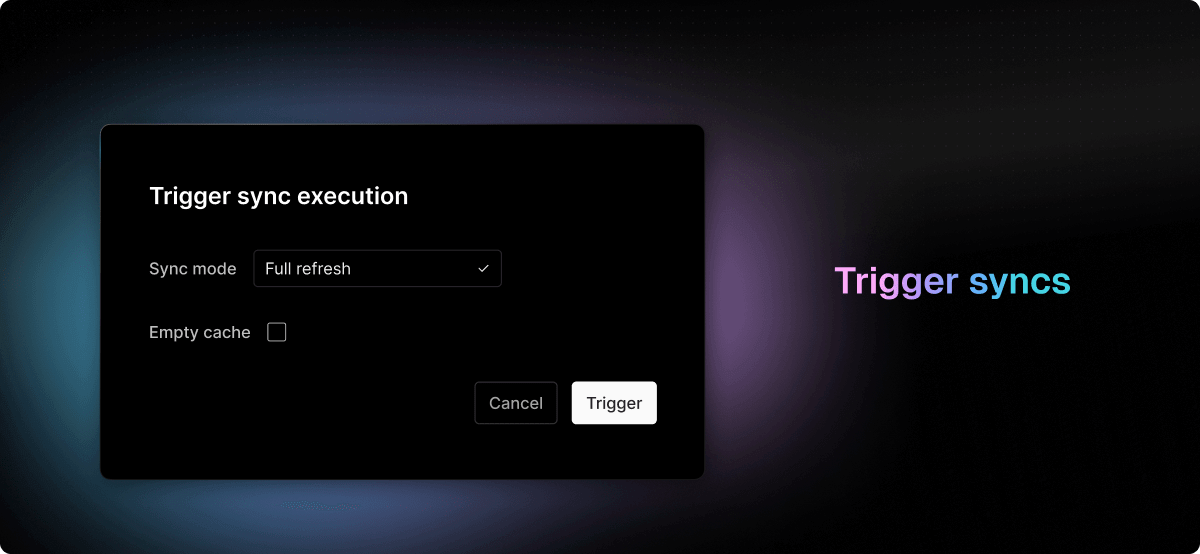
Lighter CLI
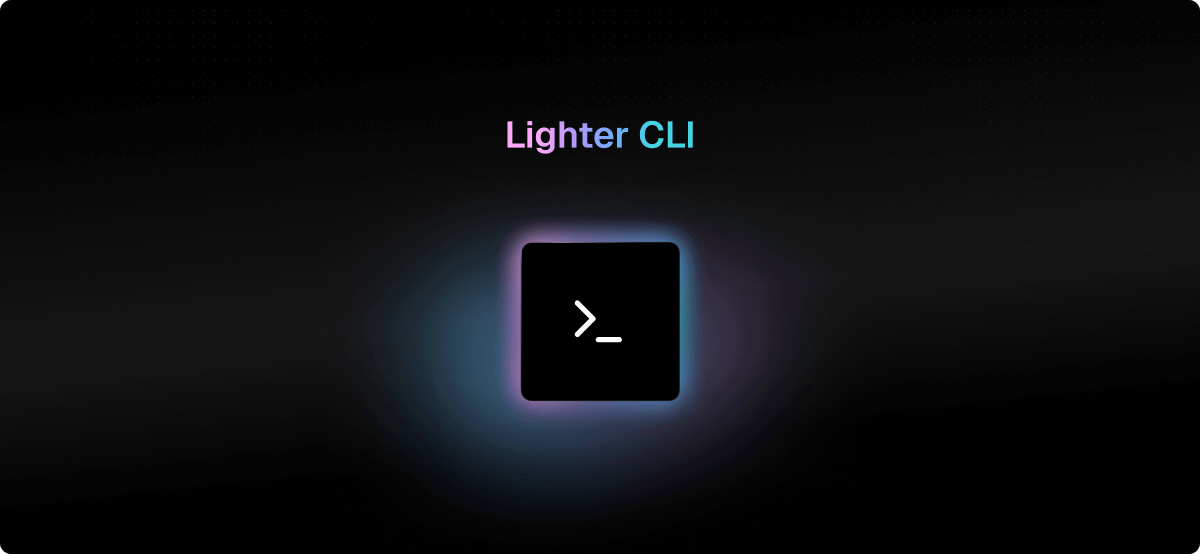
Create environments
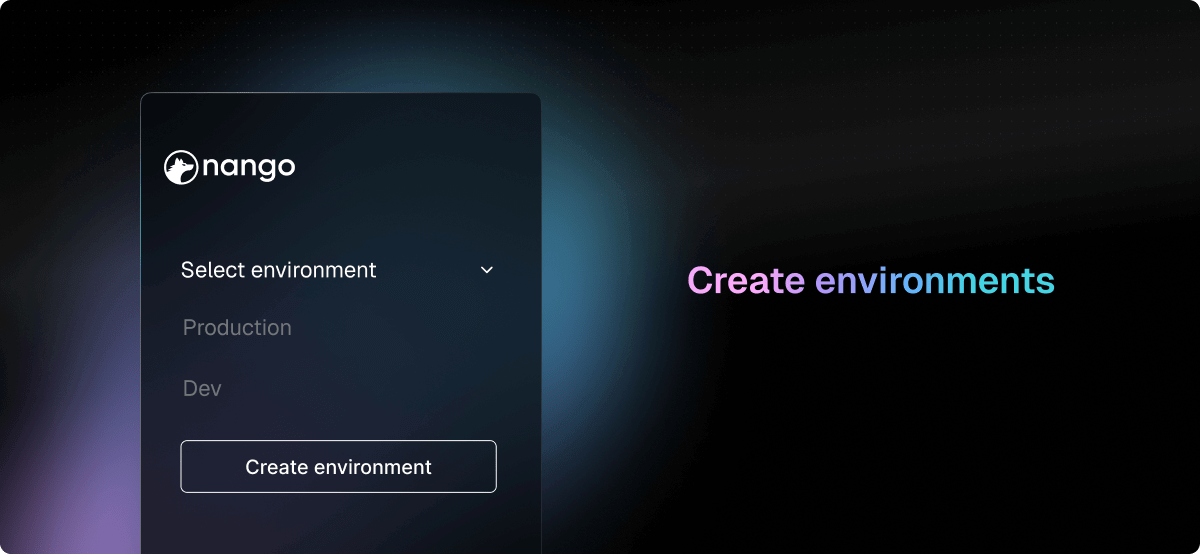
Event-based scripts
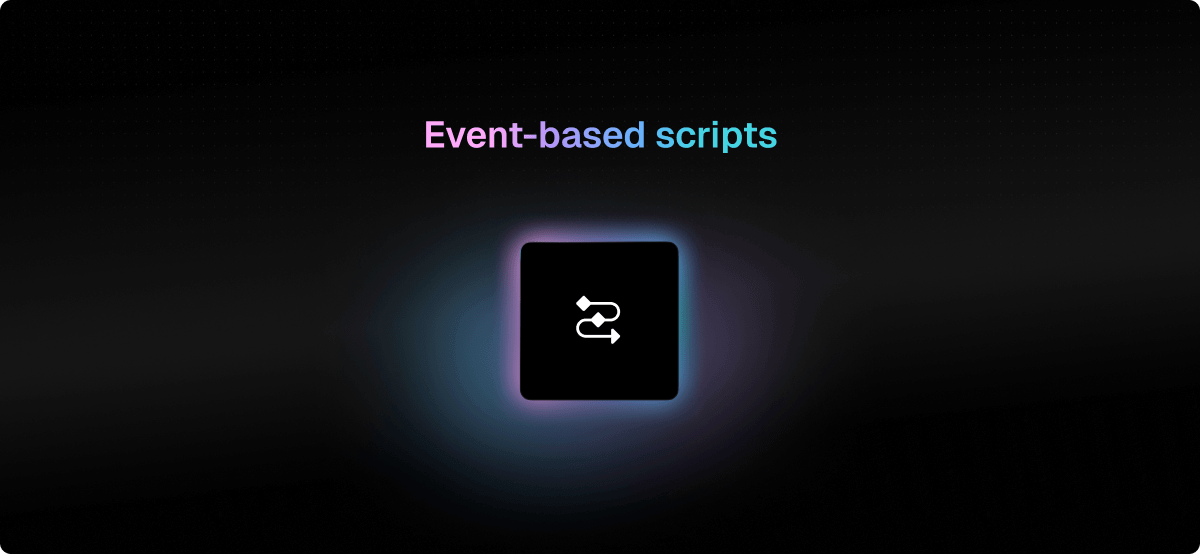
December 2024
15 new APIs in December
15 new APIs in December
Resilient integrations
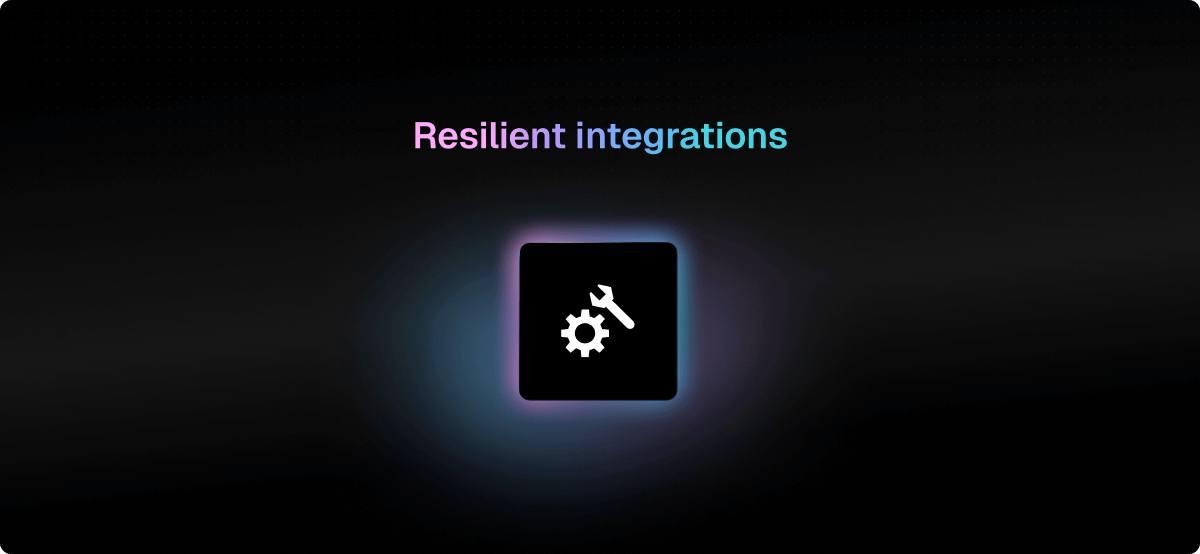
Surface misconfigured integrations
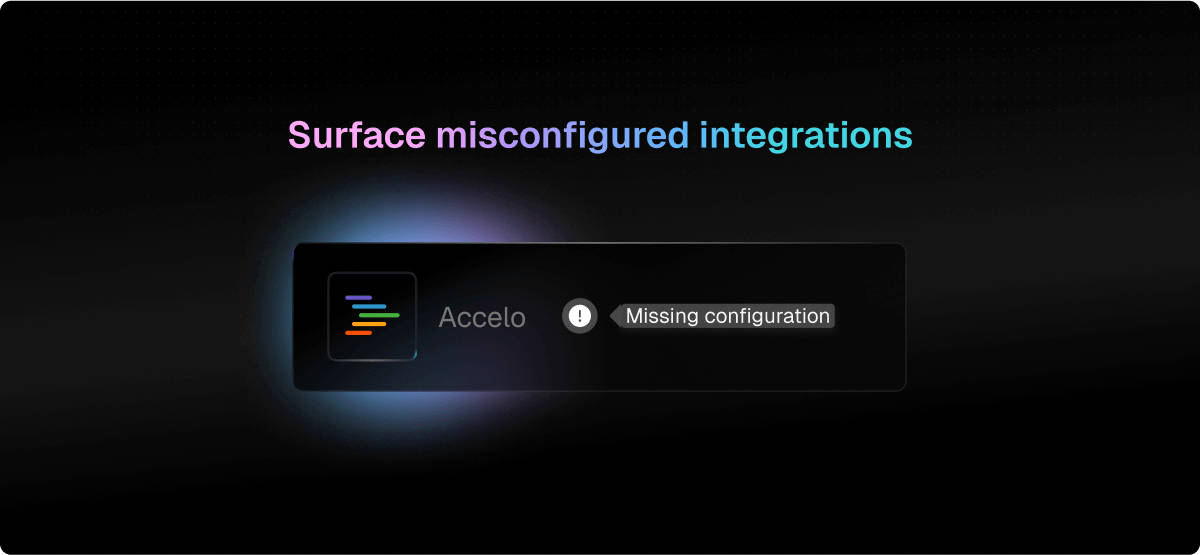
Getting started tab
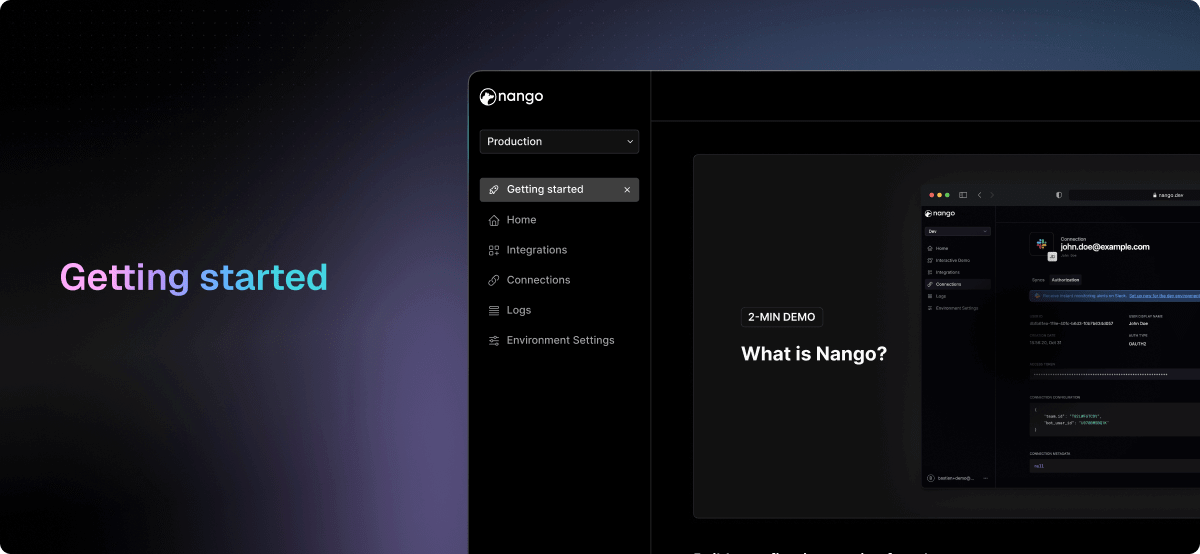
API catalog
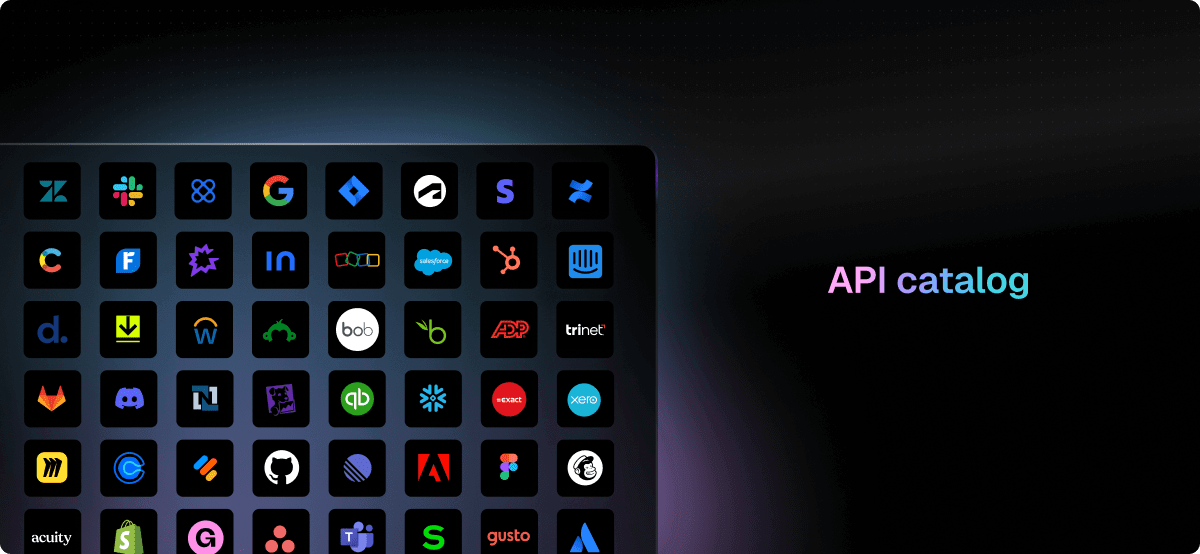
November 2024
Guides
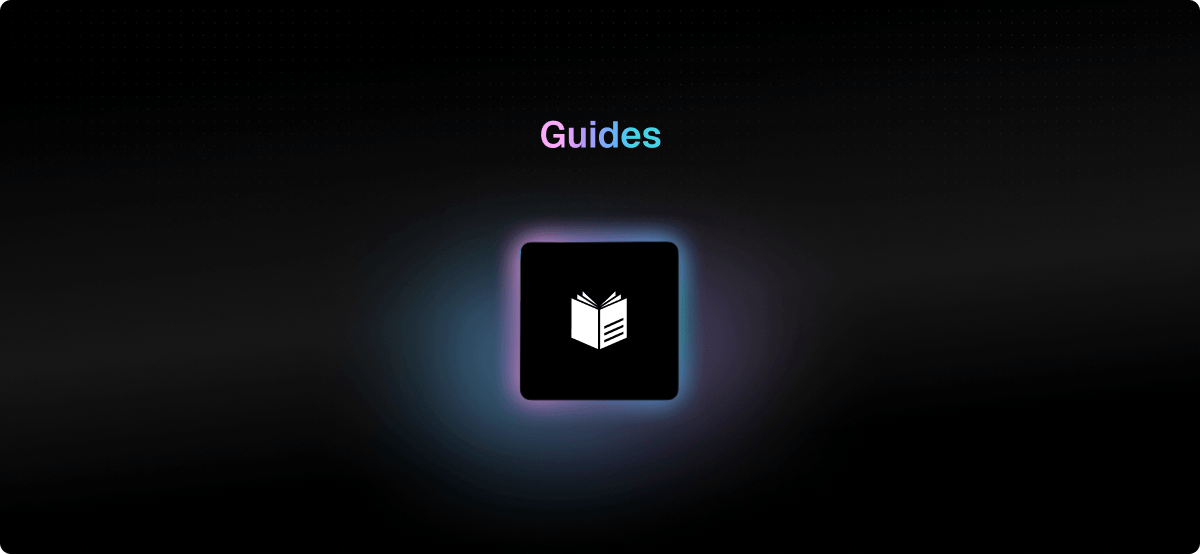
API-specific docs
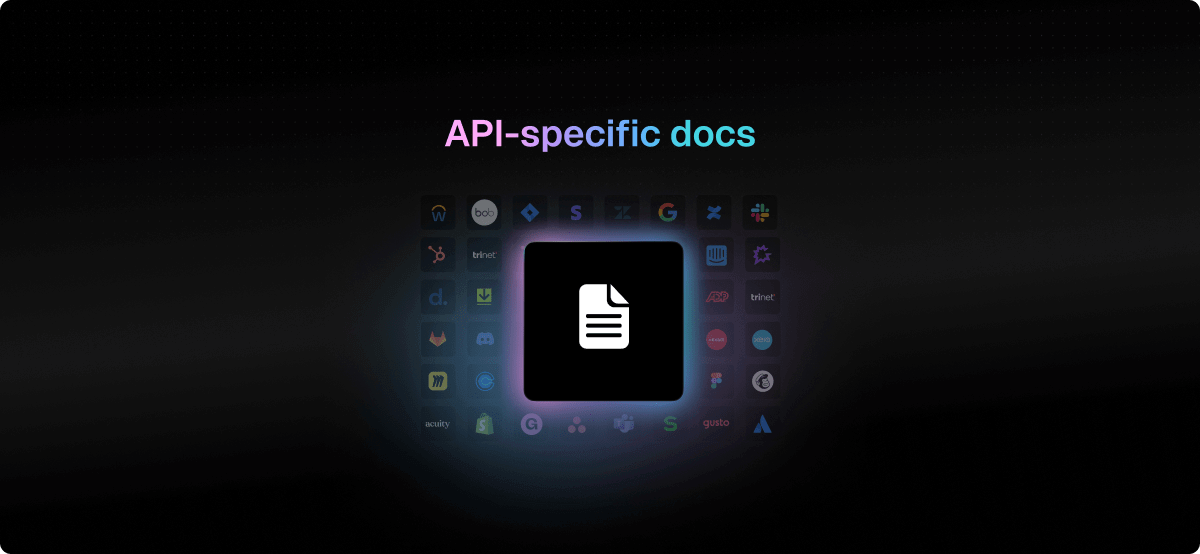
Integration docs
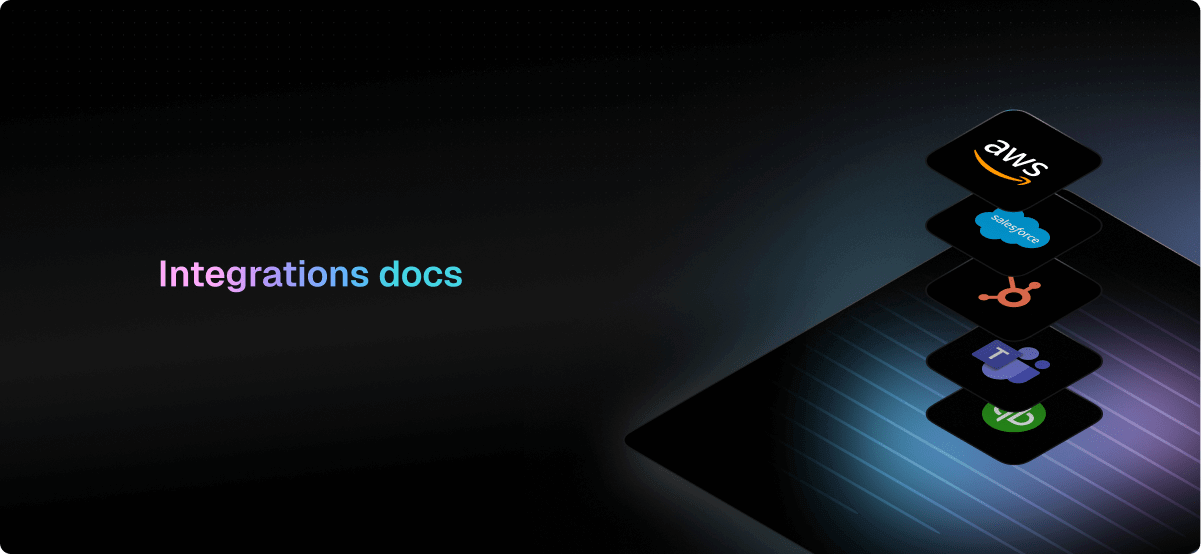
User & org information
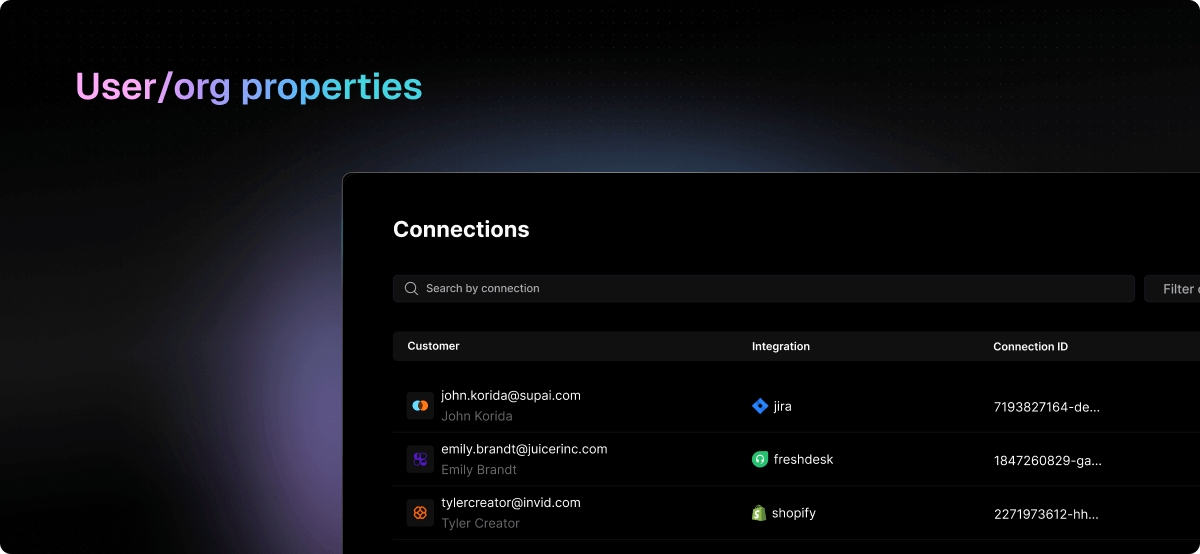
October 2024
45 new APIs in October
45 new APIs in October
- Acuity Scheduling
- Adyen
- Aircall (Basic Auth)
- Apaleo
- Apollo (OAuth)
- Bill (Connect API)
- Bill (Connect API sandbox)
- Booking.com
- Buildium
- Chattermill
- ConnectWise PSA
- ConnectWise PSA (staging)
- Databricks (Account Level)
- Databricks (Workspace Level)
- Datadog
- Dialpad (sandbox)
- Dixa
- Eleven Labs
- Elevio
- fal.ai
- Firefish
- Ghost (Admin API)
- Ghost (Content API)
- Google Analytics
- Keeper (SCIM)
- Loops.so
- Malwarebytes
- Miro (SCIM API)
- Notion (SCIM API)
- Perimeter81
- Perplexity
- Quickbooks (sandbox)
- Ragie AI
- RapidAPI
- Sage Intacct
- Sedna (Basic Auth)
- Sedna (Oauth2)
- ThriveCart (OAuth)
- ThriveCart (API Key)
- Trello (SCIM API)
- Typefully
- Twenty CRM
- UMAPI (Adobe User Management API)
- WhatsApp Business
- Workable (OAuth)
Authorization input validation
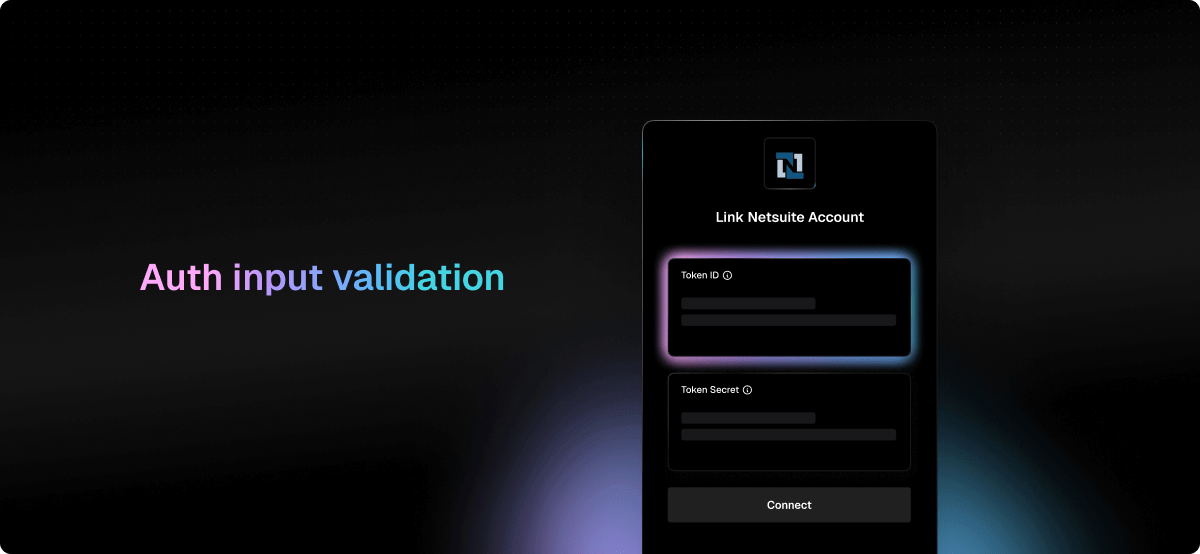
OpenTelemetry exporter
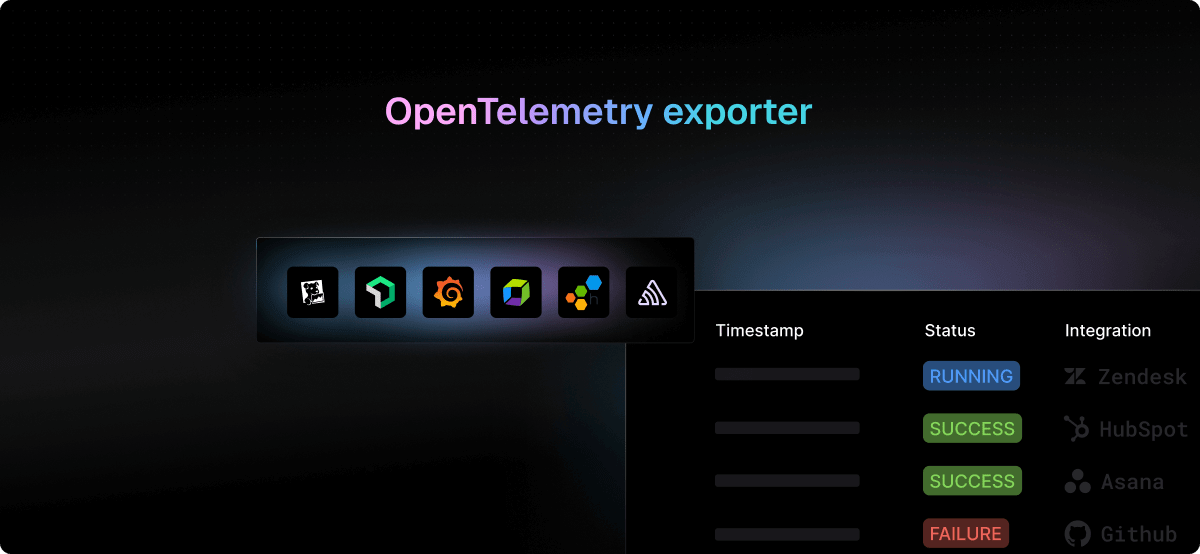
End-user authorization guides
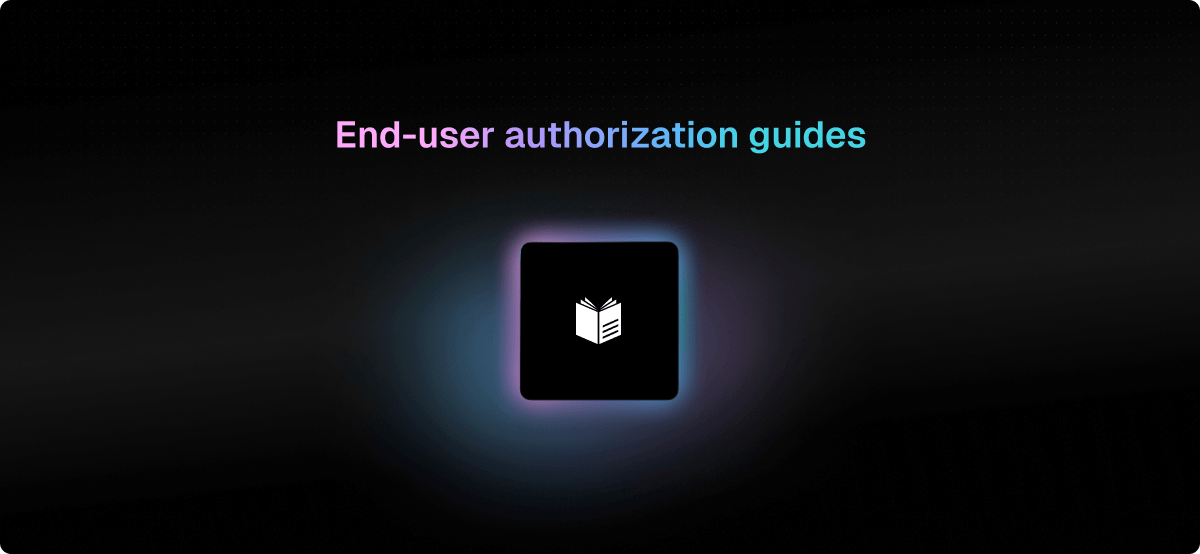
Invalid credentials detection
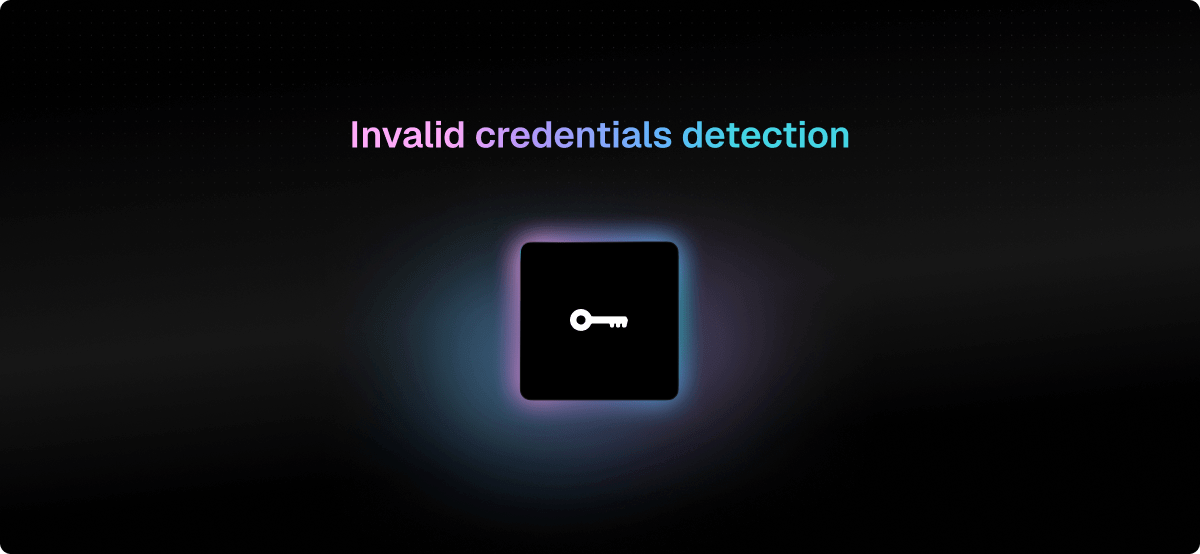
Pre-built authorization UI
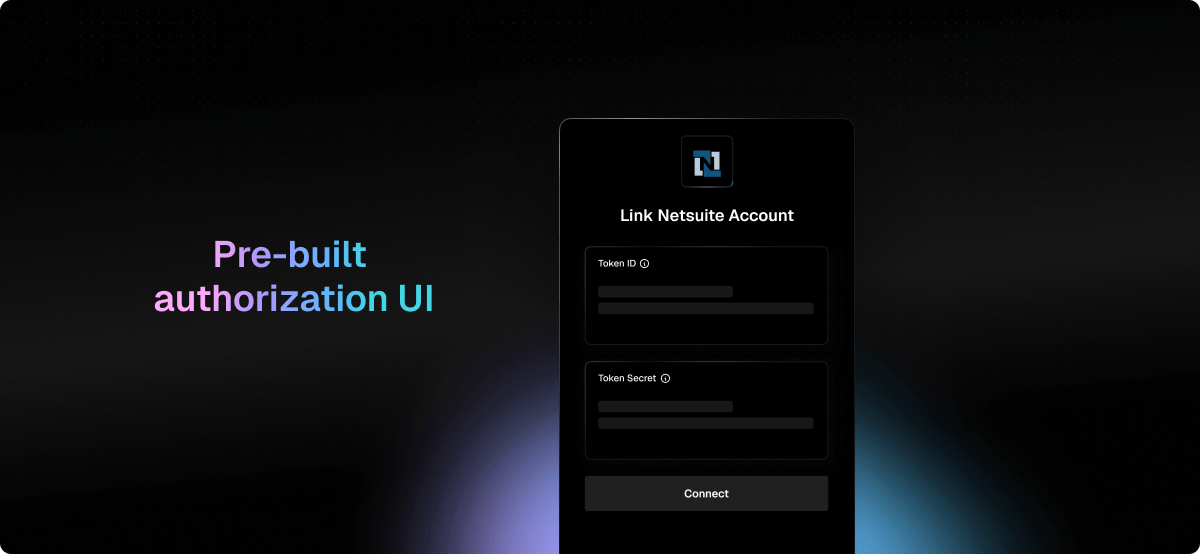
September 2024
12 new APIs in September
12 new APIs in September
Improved logging
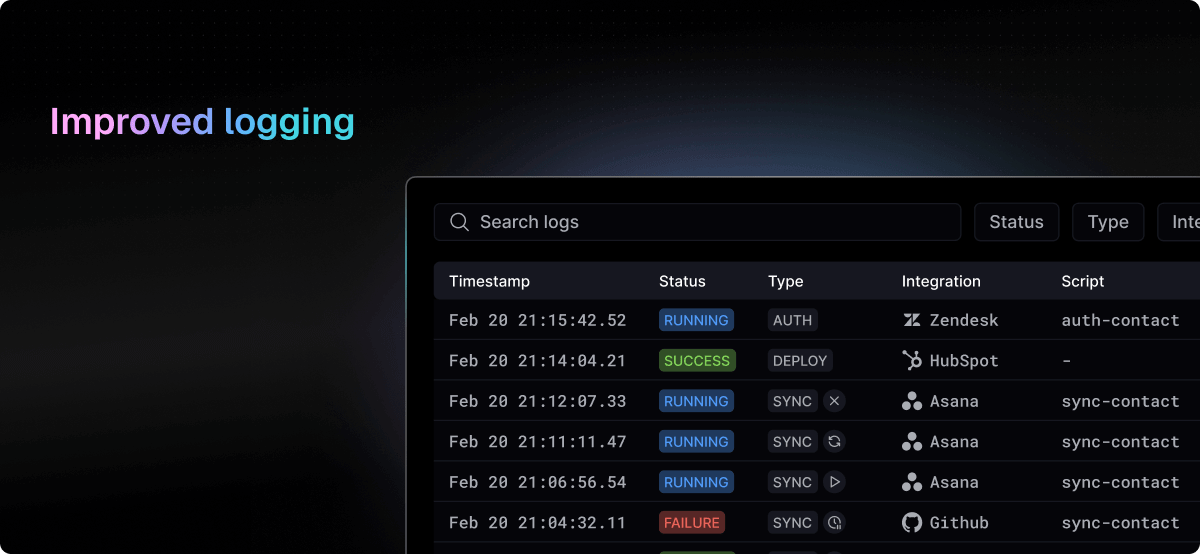
Higher sync frequency
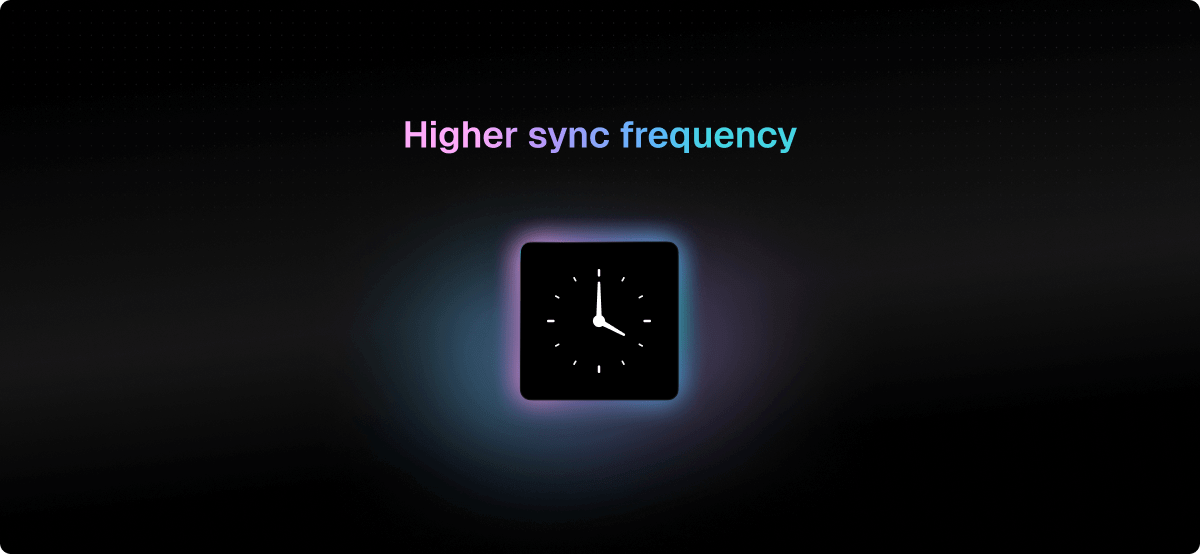
SOC 2 Type 2
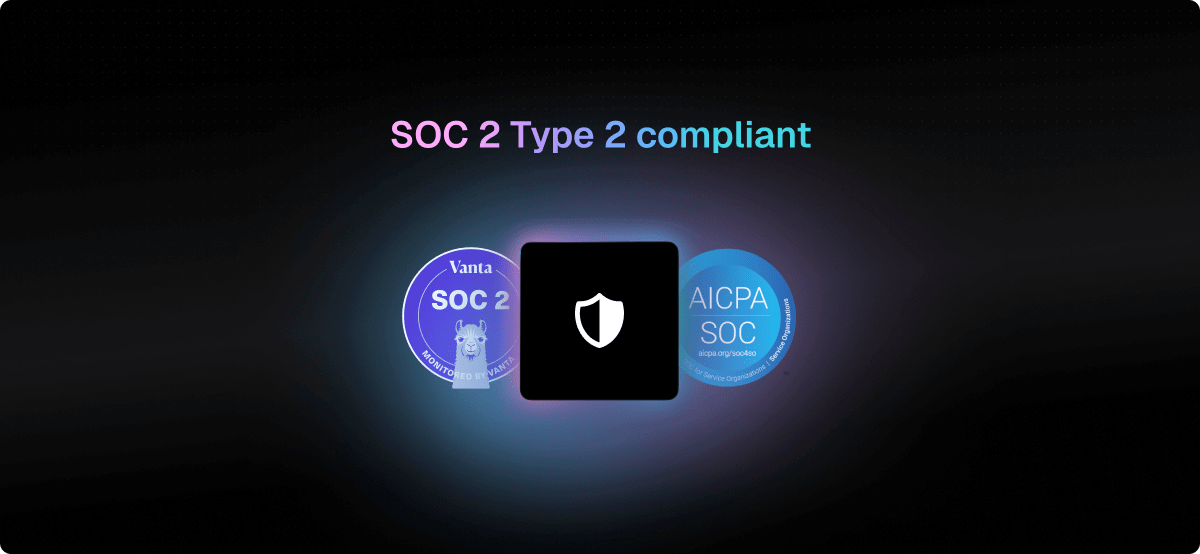
JSONSchema types
